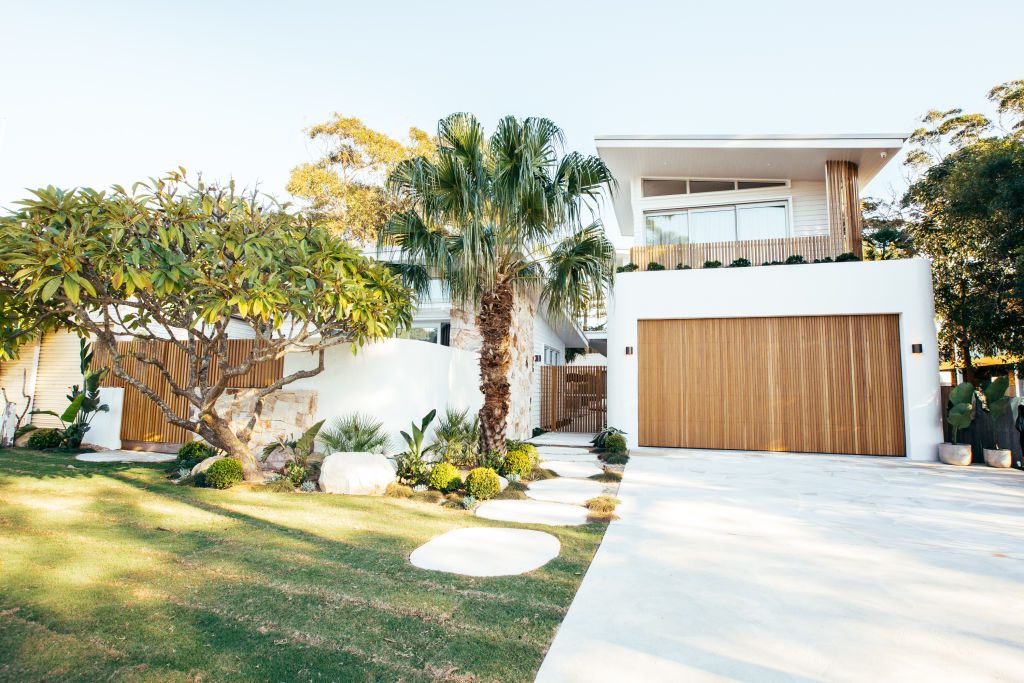
A look at the evolution of the Australian home
From bark huts and sandstone buildings to highly decorative Victorian terraces, palatial oceanfront mansions and soaring residential skyscrapers, Australian homes have evolved to keep pace with the lifestyles, design trends and technology of our growing population.
And while building styles remain diverse across the country, architect, TV host and author Joe Snell says recent history shows a return to lightweight building materials.
“The first general Australian vernacular was very lightweight housing, almost like shacks,” he explains.
“And then more of a heavy type of vernacular came in, like brickwork and masonry, then onto the workers’ cottages of Paddington with terraces bringing that English sensibility to the Australian climate. Now we’re heading back to the lightweight again.”
Snell believes an improved understanding of the Australian climate and how to respond to it has driven the increased use of lightweight materials, with the added benefit that, in some cases, advances in technology can deliver home builders more value for money.
“When we’re dealing with coastal environments, a lightweight building makes a lot of sense,” he says.
“In my world of architecture, I’m doing all different types of buildings, but the lightweight is often a more cost-effective building typology.”
Many Australians are modernising their homes with lightweight extensions using fibre cement cladding.
Where brick construction requires considerable engineering to support its weight and steel lintels built in above doors, fibre cement cladding can support contemporary design features like wider opening doors and bigger windows at a lower price point.
Snell says the beauty of building lightweight means architects can perform “architectural gymnastics” without blowing the budget.
While lightweight materials are strong enough to be used on ground floors, he gives the example of cantilevered upper storeys that create a protected ground-floor space, blurring the lines between inside and out.
“You get the benefit of an indoor-outdoor lifestyle, which is part of the Australian dream,” he says.
Cathleya Buchanan, marketing director APAC at James Hardie, says given the amount of time Australians spend outdoors, it’s not surprising that modern design trends are focused on linking indoor and outdoor spaces.
“Light-filled open spaces, high ceilings, clean lines, minimalism and neutral colour palettes, both for interiors and exteriors, are all about linking the indoors with the outdoors as seamlessly as possible,” she says.
Buchanan believes innovation in building materials has allowed these ideas to blossom over the past 20 years.
“These innovations are not just the domain of architects and builders – everyday Australians are playing a very active role in their new home builds or renovations and are often suggesting products, styles and methods to builders to ensure their home’s vision is delivered.”
John Arneil, general manager APAC at James Hardie, says when it comes to choosing materials, functionality is as important as aesthetics.
“Acoustics, thermal efficiency, durability, maintenance requirements and bushfire ratings are all aspects to be considered when deciding on the material you are going to use on your home’s exterior,” he says.
“Hardie fibre cement products provide long-lasting beauty for homes and are also fire-resistant and resistant to termites, rotting and warping, while delivering the look with minimal maintenance required.”
With technology in the housing sector constantly evolving, there’s no doubt we will see many more iterations of the Australian home in years to come.
Source: domain.com.au/living/